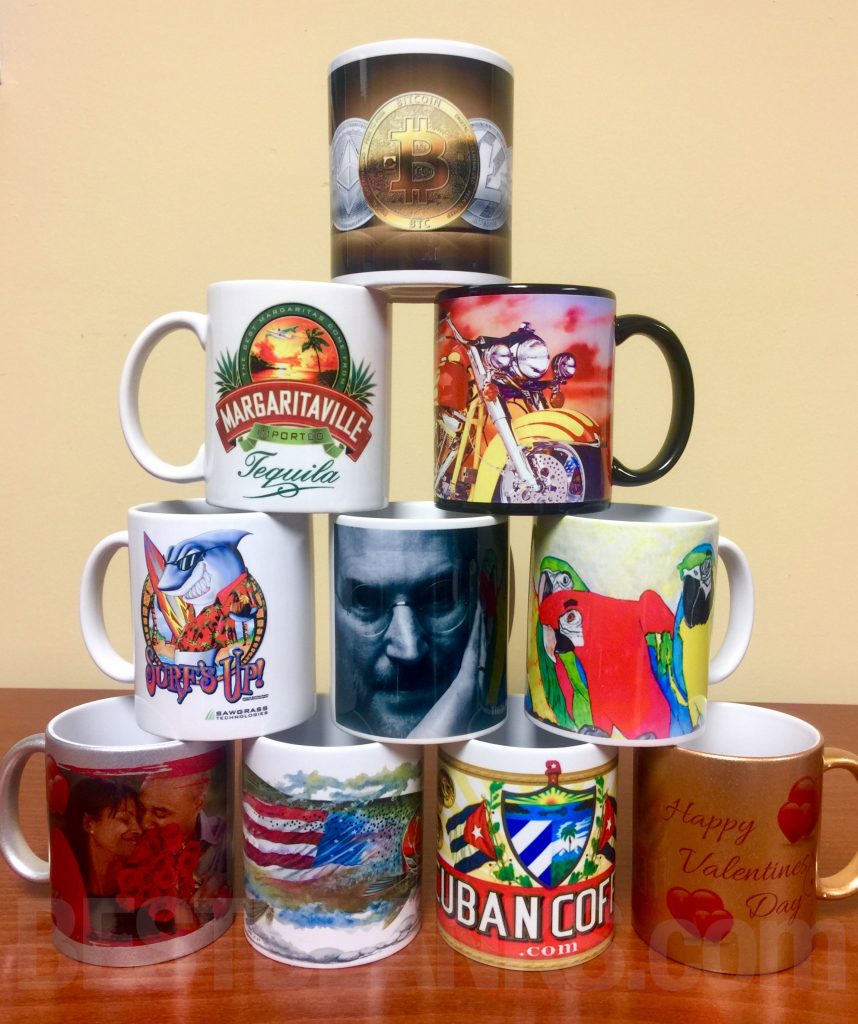We know there are many options for fabric printing. To choose the process best for you, learn about these 3 popular kinds of printing methods. These processes work great with most cloth materials, but in this article, we’ll discuss the options as they pertain to flag printing.
Silk Screen Printing

In this way, large-format automatic screen printers can be used to print the logo. These printers enable manufacturers to produce each item accurately and quickly, but because of the lengthy setup process, they usually need to order at least 10 logos. For simple vector graphics composed mainly of shapes and / or the required colors, screen printing is a good choice.
Next, heat-treat the logo. Not only does this make the printed image look better, but it also allows the ink to be fixed in bad weather, resulting in a longer ink life. The ink penetrates the entire fabric, forming almost 100% coverage on the back.
Finally, before applying the reinforcement strip to the top and one side of the device, the flag is trimmed and edging. Then insert the grommet and package the finished product for shipment.
Your silk screen flag is ready!
Digital Printing

With this type of fabric printing, your custom artwork will be digitally printed on a large format inkjet printer. A major advantage of choosing digital printing logos is that there is usually no minimum order requirement (unlike the screen printing process). Whether you need 1 or 21 logos, you are free to choose any number. The digital printing method can also print photos and fine details, thereby providing more choices when selecting a logo. However, digitally printed flags do not provide the same ink permeability as screen printing, so your flag will look significantly lighter on the reverse side. This problem can be solved by purchasing a double-sided logo: sewing two digitally printed logos back to back to provide the same color density.
After printing, the banner goes through a series of rinses from cold to hot water and then dries.
Finally, before applying the reinforcement strip to the top and one side of the fabric, trim and curl the logo. Then insert the grommet and pack the sign for shipment!
Dye-sublimation printing

The banner printed with the dye sublimation process combines the best of both worlds. Through the screen printing and digital printing camera functions, you can obtain colorful products. How does dye sublimation work? Initially, your work will be printed on the transfer paper with the reverse image of the final graphic. Then, at a temperature of up to 375 ° F, the image is transferred to the polyester fabric by hot pressing. When the fabric is heated at this high temperature and high pressure, the dye becomes gas, and these gases will penetrate and solidify into the fibers of the flag. Now that the design is permanently fixed, it can be cleaned without compromising the quality of the image.
For dye-sublimation marks, there is usually no minimum order requirement. Since this printing process dyes the dye on the fabric, the opposite side will show about 15% light color and the opposite. A double-sided stained display needs to sew the two panels together and separate them with a pocket or opaque lining to prevent the other side from seeping through.
| M | T | W | T | F | S | S |
|---|---|---|---|---|---|---|
| 1 | 2 | 3 | 4 | 5 | 6 | |
| 7 | 8 | 9 | 10 | 11 | 12 | 13 |
| 14 | 15 | 16 | 17 | 18 | 19 | 20 |
| 21 | 22 | 23 | 24 | 25 | 26 | 27 |
| 28 | 29 | 30 | ||||
Recent Posts
- Ultimate Guide to UV Printing: Insider Tips and Tricks
- Before You Invest: Choosing a Large Format Flatbed Printer
- Maximizing Brilliance: Mastering UV Printer Settings for Optimal Media Reflectivity
- The advantages of using a WER UV printer for large format printing (2)
- Achieve Stunning Results in Home Décor and Architectural Design with UV Printer
Archives
- January 2025
- November 2024
- September 2024
- March 2024
- December 2023
- November 2023
- October 2023
- May 2023
- March 2023
- February 2023
- January 2023
- December 2022
- November 2022
- October 2022
- September 2022
- February 2022
- January 2022
- December 2021
- November 2021
- October 2021
- September 2021
- August 2021
- July 2021
- June 2021
- May 2021
- April 2021
- March 2021
- February 2021
- January 2021
- December 2020
- November 2020
- October 2020
- September 2020
- August 2020
- July 2020
- June 2020
- May 2020
- April 2020
- March 2020
- February 2020
- January 2020
- December 2019
- November 2019
- October 2019
- September 2019
- August 2019
- July 2019
- June 2019
- May 2019
- April 2019
- March 2019
- February 2019
- January 2019
- December 2018
- November 2018
- October 2018
- September 2018
- August 2018
- July 2018
- June 2018
- May 2018
- April 2018
- March 2018
- February 2018
- January 2018
- December 2017
- July 2016
- June 2016
Recent Posts
- Ultimate Guide to UV Printing: Insider Tips and Tricks
- Before You Invest: Choosing a Large Format Flatbed Printer
- Maximizing Brilliance: Mastering UV Printer Settings for Optimal Media Reflectivity
- The advantages of using a WER UV printer for large format printing (2)
- Achieve Stunning Results in Home Décor and Architectural Design with UV Printer
Recent Comments